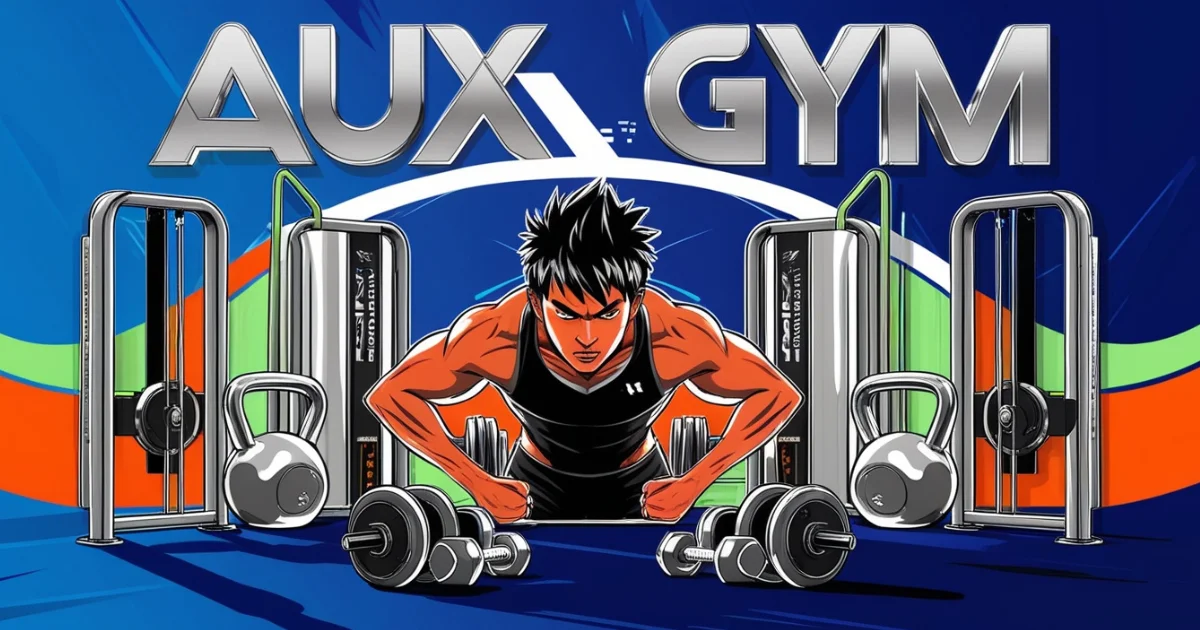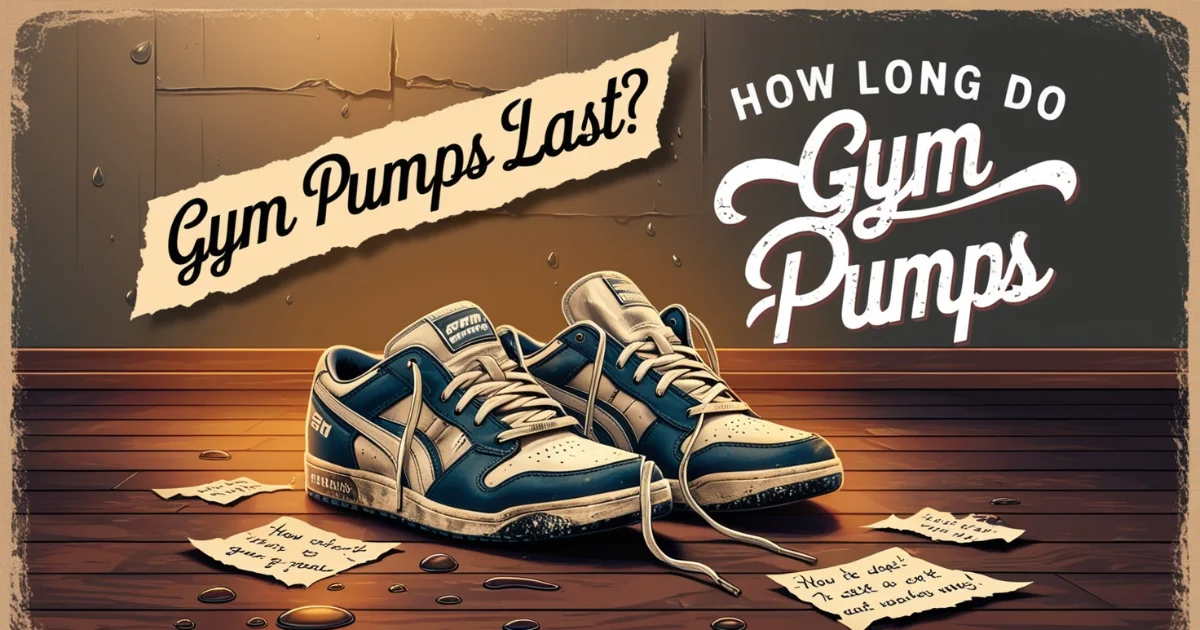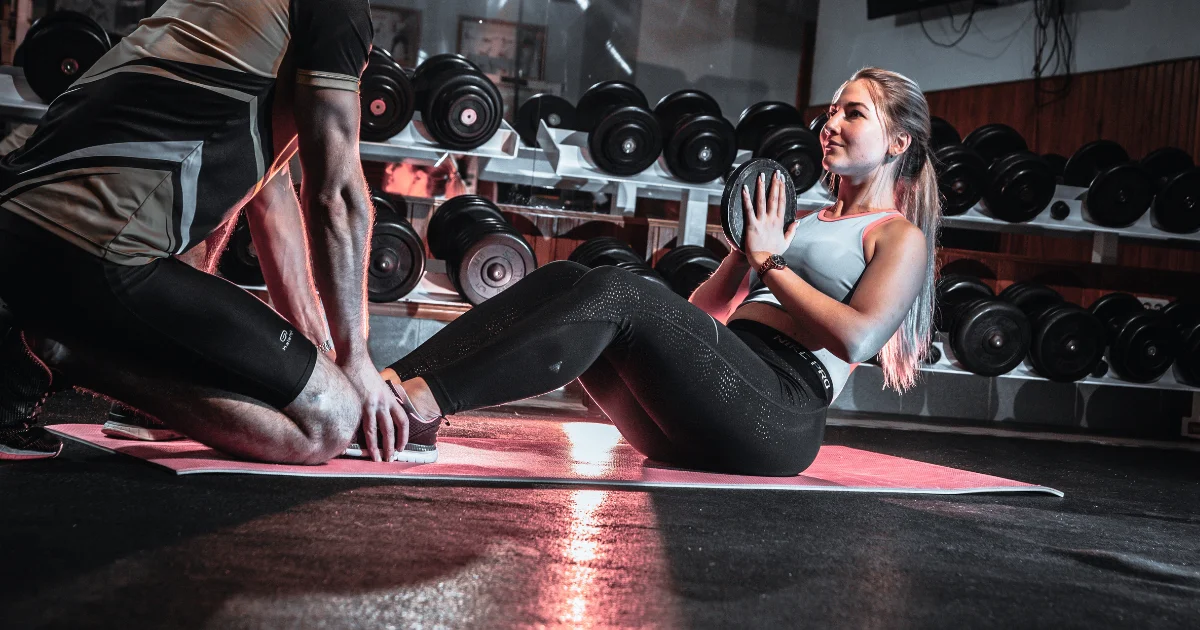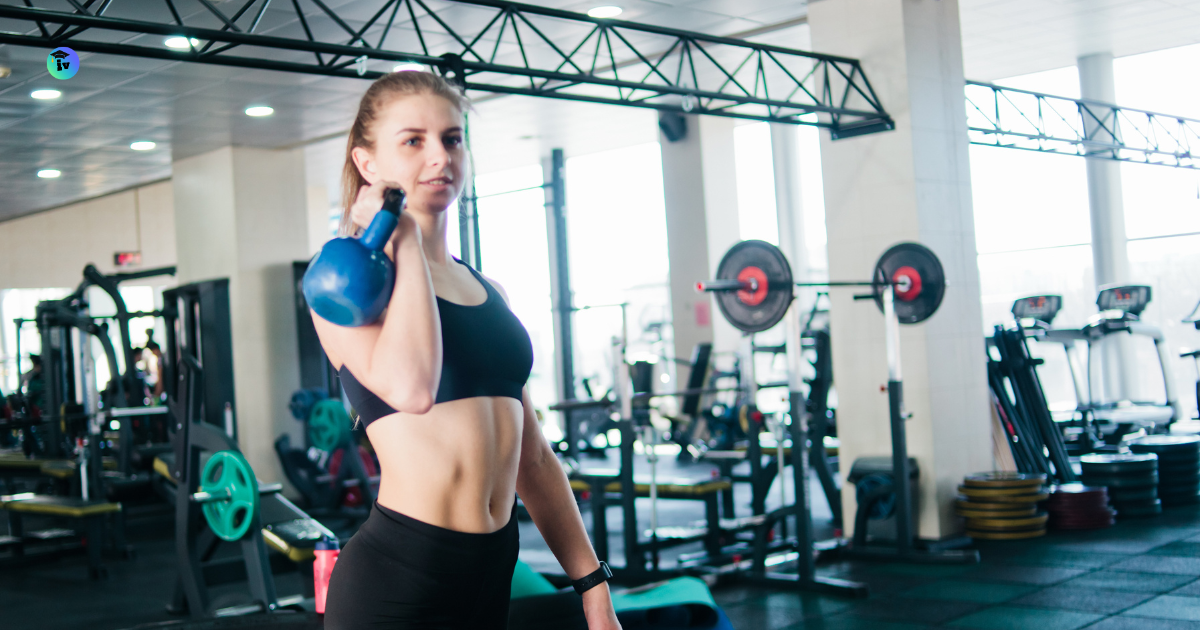What Is an Aux Gym? A Comprehensive Guide in 2024
Auxiliary gyms, often called “aux gyms,” are smaller, secondary gyms in schools or sports facilities. They complement the main gym and are used for additional activities like practices, smaller games, or fitness classes.
Key Features of an Aux Gym
Size and Space: Aux gyms are usually smaller than main gyms but still provide enough space for various activities. They often have basic equipment and flooring suitable for sports.
Usage: These gyms are used for practices, physical education classes, or overflow from the main gym. They help reduce scheduling conflicts by offering an extra space for activities.
Versatility: An aux gym can host a variety of activities, including yoga, dance, martial arts, and other fitness classes. Schools often use them for non-sport events like exams or assemblies.
Accessibility: Aux gyms are often located near the main gym or within easy reach for students and athletes. This proximity makes it convenient for scheduling and transitioning between activities.
Cost-Effective: Building or maintaining an aux gym is more affordable than a full-sized gym. Schools and facilities use these gyms to maximize space and resources.
Benefits of Having an Aux Gym
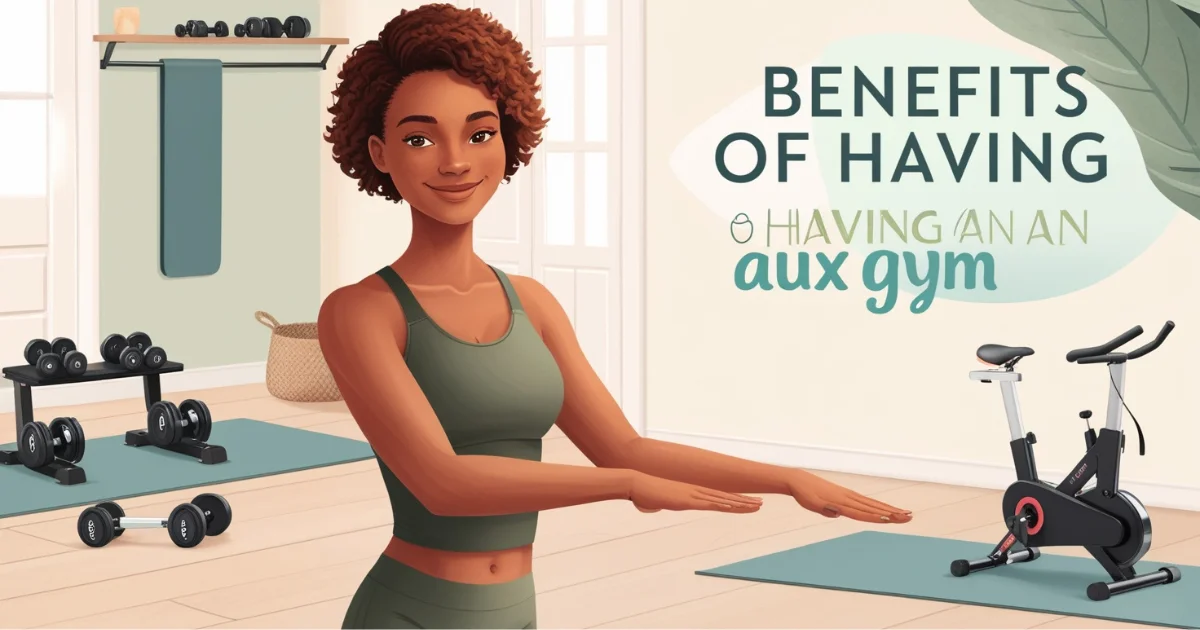
Reduces Overcrowding: With an aux gym, multiple activities can happen simultaneously, reducing the pressure on the main gym.
Flexible Scheduling: Schools and sports teams can easily manage their schedules, offering more opportunities for practices and games.
Multipurpose Use: Aux gyms can be adapted for various events, making them a versatile addition to any facility.
Considerations for Designing an Aux Gym
Flooring: The flooring in an aux gym should be durable and suitable for a variety of activities. Hardwood or rubber flooring is common, depending on the primary use.
Lighting: Proper lighting is crucial for safety and visibility. Aux gyms should have adequate natural and artificial lighting to support different activities.
Ventilation: Good airflow is essential for comfort, especially during intense physical activities. Proper ventilation helps maintain a comfortable temperature and reduces humidity.
Equipment Storage: Storage space is necessary for keeping sports equipment, mats, and other gear organized. This ensures the gym remains clutter-free and ready for use at all times.
Accessibility: The gym should be accessible to everyone, including individuals with disabilities. This includes features like ramps, wide doors, and accessible restrooms.
Technology Integration: Modern aux gyms often include technology like sound systems, projectors, and screens for multimedia presentations or fitness classes.
Popular Uses of Aux Gyms in 2024
School Sports: Aux gyms are frequently used for basketball, volleyball, and other sports practices, especially when the main gym is occupied.
Fitness Classes: These gyms host various fitness classes such as aerobics, yoga, and Pilates, catering to different fitness levels and interests.
Community Events: Schools and community centers often use aux gyms for events like health fairs, community meetings, or youth programs.
Extracurricular Activities: Clubs and organizations may use aux gyms for activities like martial arts, dance, or cheerleading practices.
Recreation: Aux gyms provide additional space for recreational activities like pickup games, open gym time, or after-school programs.
The Future of Aux Gyms
As schools and communities continue to value physical activity and versatile spaces, the demand for aux gyms is expected to grow. Innovations in design, technology, and accessibility will likely shape the future of these spaces, making them even more adaptable to the needs of users.
Tips for Maximizing the Use of an Aux Gym
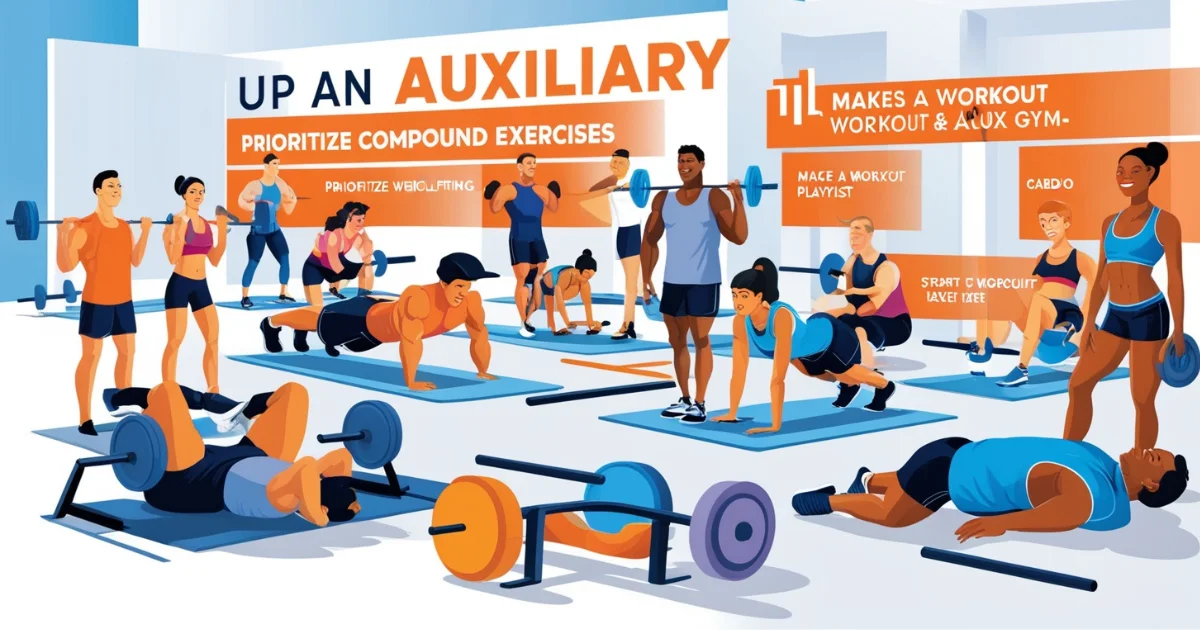
Flexible Scheduling: To make the most of an aux gym, schools and facilities should create a flexible schedule that accommodates various activities. This ensures that the space is used efficiently throughout the day.
Multi-Use Equipment: Invest in versatile equipment that can be used for different activities. For example, portable basketball hoops, foldable mats, and movable fitness stations can quickly transform the space to meet various needs.
Community Engagement: Aux gyms can be valuable community resources. By opening them up for public use during non-school hours, facilities can foster community involvement and provide additional opportunities for physical activity.
Regular Maintenance: Keep the aux gym in top condition by scheduling regular maintenance checks. This includes inspecting flooring, equipment, and ventilation systems to ensure everything is safe and functional.
Encouraging Diverse Activities: Promote a wide range of activities in the aux gym to cater to different interests and age groups. Offering programs for all fitness levels and interests increases participation and maximizes the gym’s value.
Challenges and Solutions
Limited Space: Aux gyms are smaller than main gyms, which can limit the types of activities that can be conducted. To overcome this, facilities can focus on activities that require less space or use the gym for overflow from larger events.
Scheduling Conflicts: With multiple groups wanting to use the gym, scheduling conflicts can arise. Implementing a clear booking system and prioritizing usage based on need can help manage these conflicts.
Resource Allocation: Balancing the budget between maintaining the main gym and the aux gym can be challenging. Facilities should plan their budgets carefully, ensuring that both spaces are adequately funded.
Safety Concerns: Ensuring safety in a smaller, more versatile space can be tricky. Regular safety audits, clear signage, and proper training for staff can help mitigate risks.
Conclusion
Aux gyms are valuable spaces that enhance the functionality of schools and sports facilities. They provide a flexible, cost-effective solution for managing multiple activities, ensuring that everyone has the space they need to stay active and engaged.
Relevant Post:
